COVID-19 Information
What is COVID-19?

The Severe Acute Respiratory Syndrome Coronavirus 2 (SARS-CoV-2) is an emergent virus responsible for the respiratory illness Coronavirus Disease 2019 (COVID-19). First documented in the city of Wuhan (China), it has spread to most countries across the globe.
The original source of SARS-CoV-2 is unknown. It has been reported to have high similarity to coronaviruses found in bats and pangolins, however, neither of these animals are thought to have been sold in the meat market that the earliest patients visited, suggesting an intermediate host.
The virus itself is a single-stranded RNA virus from the betacoronavirus genus, along with SARS-CoV, MERS-CoV, and a variety of weaker coronaviruses that typically cause common colds.
How COVID-19 Spreads
The virus is easily transmitted from person to person, primarily via droplets. People are thought to be most contagious when they are showing symptoms, such as coughing.
COVID-19 Symptoms
- Fever, a high temperature - you feel hot to touch on your chest or back.
- Cough, a new continuous cough - this means you have experienced more coughing fits than usual.
- Shortness of breath - a difficulty in breathing that can occasionally appear after exercise.
Around 60% of people with coronavirus show mild or no symptoms. Studies show people without symptoms can infect others.
How can you prevent getting infected/infecting others?
One common piece of advice for avoiding infection is to behave as if you are already infected, and are trying to avoid transmitting the virus to others.
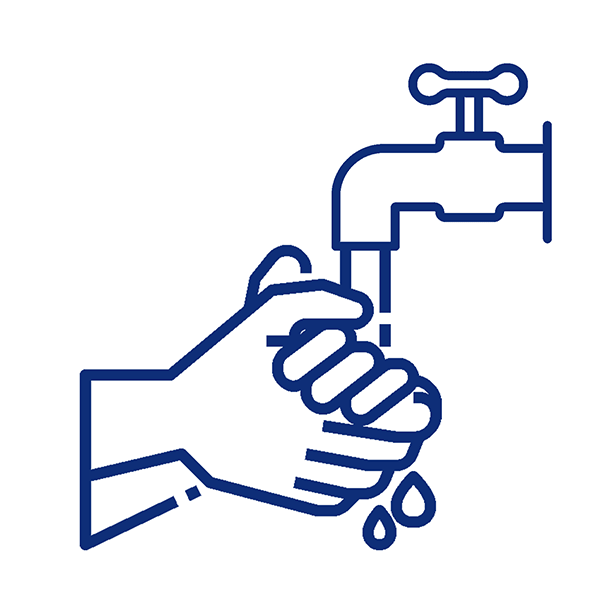 Wash Hands
Wash Hands
for
20+ seconds
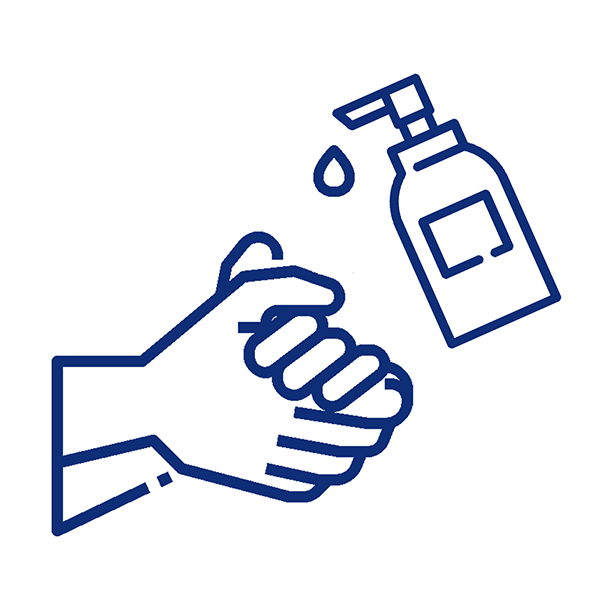 Sanitise
Sanitise
with
>60% alcohol
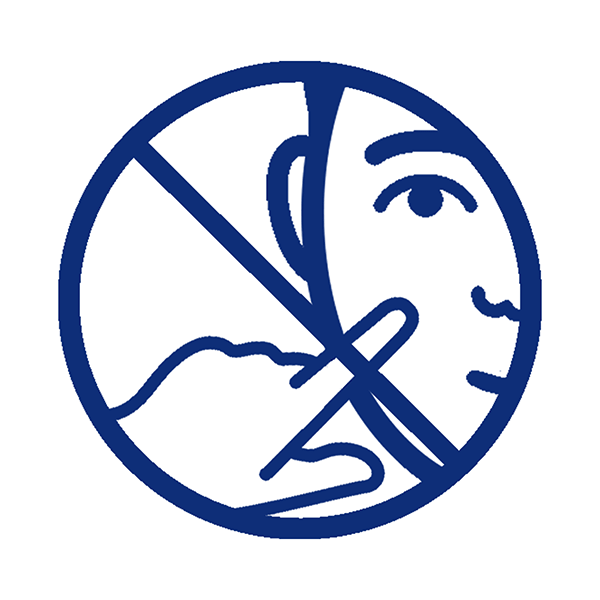 Avoid
Avoid
touching
your face
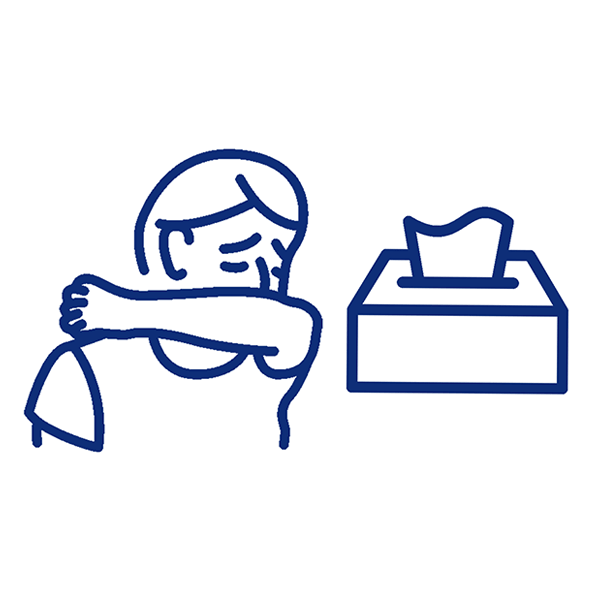 Use
Use
tissues or your forearm when sneezing/coughing
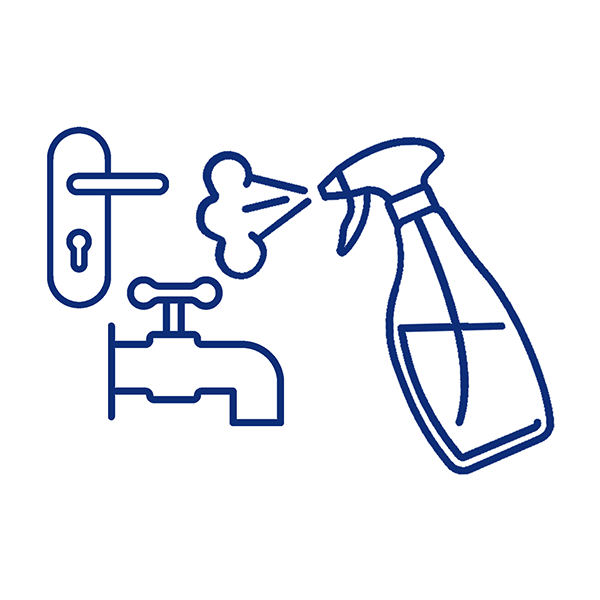 Disinfect
Disinfect
surfaces and
other places you touch
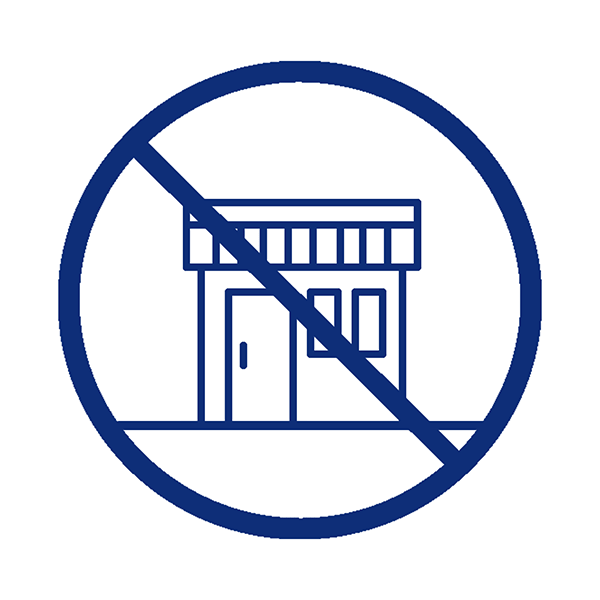 Avoid
Avoid
going to the
shops when
possible
Both healthy and infected people can use eye protection (glasses/sunglasses) as well as face masks to block outgoing and incoming droplets.
The most effective way to prevent transmission is by self-isolating and avoiding unnecessary contact with other people.
A face mask offers protection in 2 ways: it protects other people by preventing any droplets from you, and it protects you from other people who are not wearing face masks and project their droplets onto you. When someone talks, coughs or sneezes they spray small liquid droplets from their nose or mouth which may contain the virus. If you are too close, you can breathe in the droplets, including the COVID-19 virus if the person talking, coughing or sneezing has the disease.
Wash and/or sanitise your hands as often as possible. Washing your hands with soap and water or using alcohol-based hand rub kills viruses that may be on your hands.
Stay at home as much as possible. Avoid crowded areas, and keep a minimum distance of 2 m away from people not from your household.
Do I need a COVID-19 test?
Most people have mild illness and are able to recover at home; however testing results may be helpful to inform decision-making about who you come in contact with. You should consider testing if you meet any of the following criteria:
- If you are experiencing any of the symptoms if COVID-19
- If you have come into contact with someone who has COVID-19
- If you have returned from a country with a high incidence of COVID-19
What is the mortality rate for COVID-19?
The mortality rate for COVID-19 has been difficult to calculate due to the number of undiagnosed cases. Estimates range from 0.02% to 14%; most centre at approximately 2-4%. The threat to the average healthy adult is low, however immunodeficiencies or respiratory illnesses can increase the mortality risk substantially.
